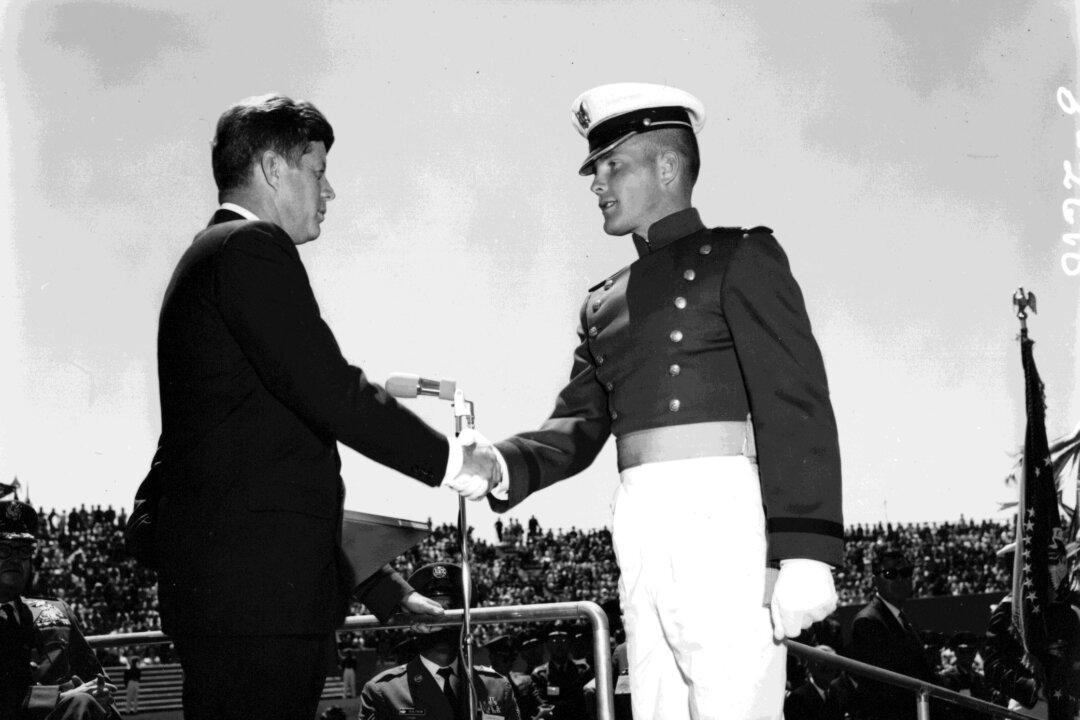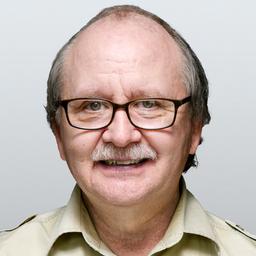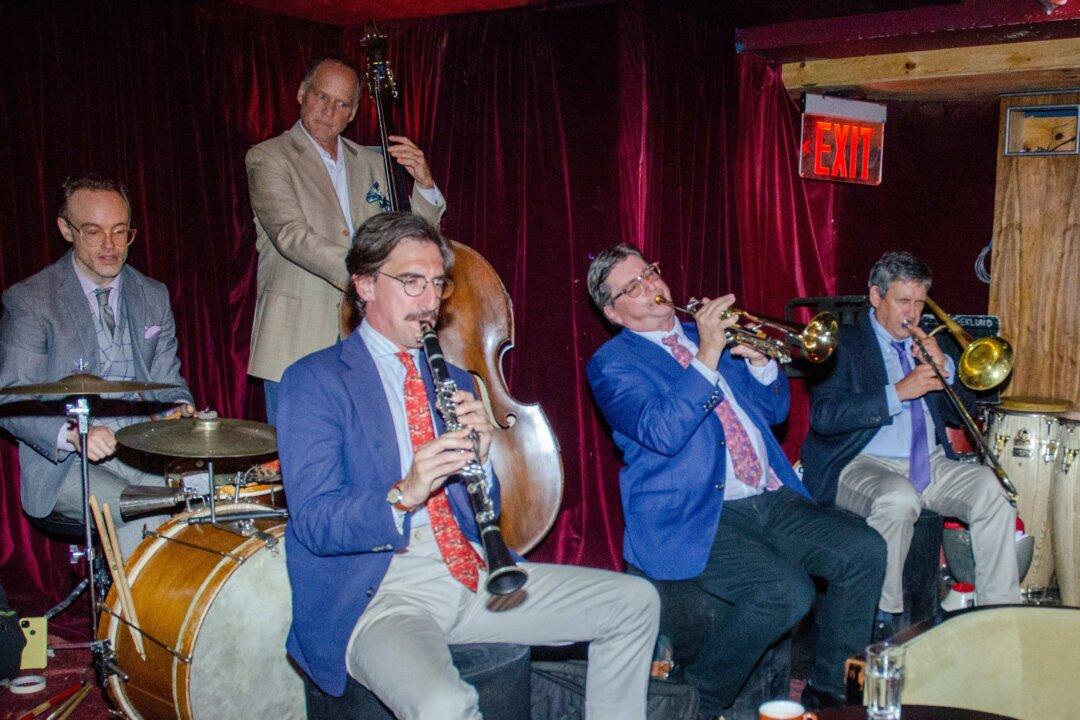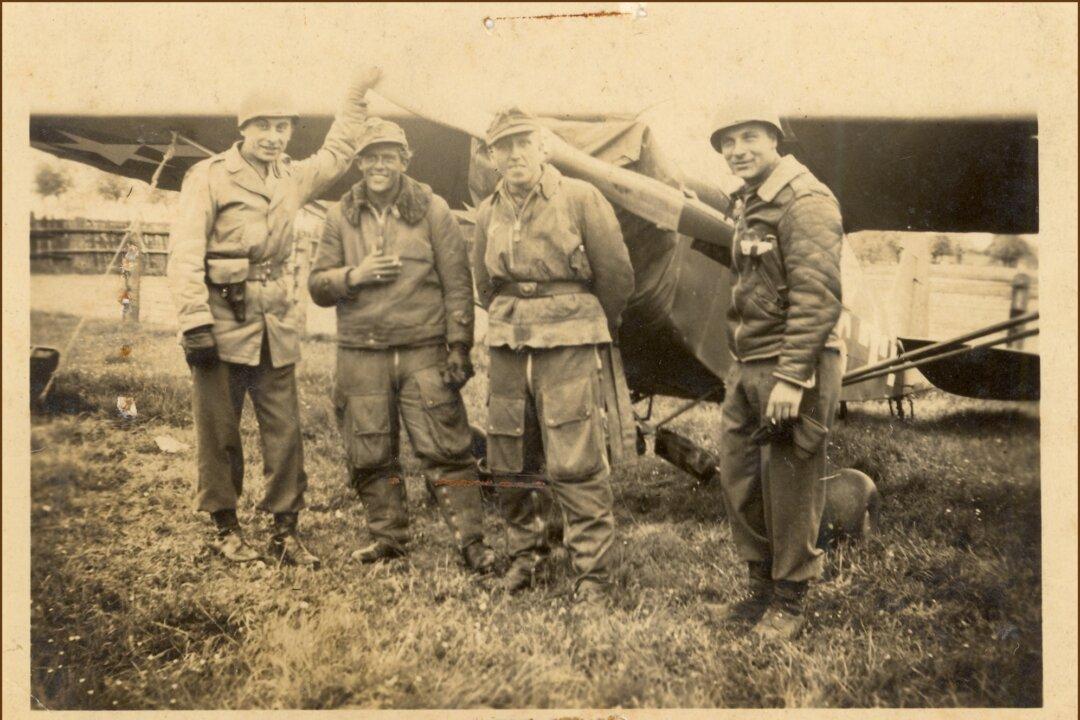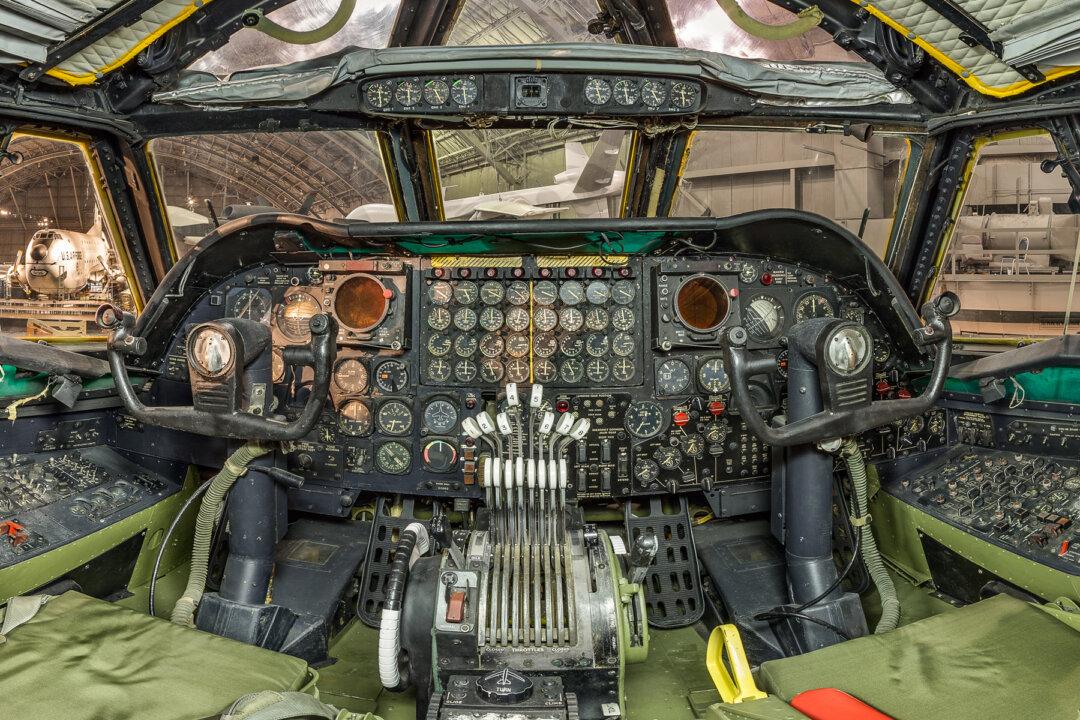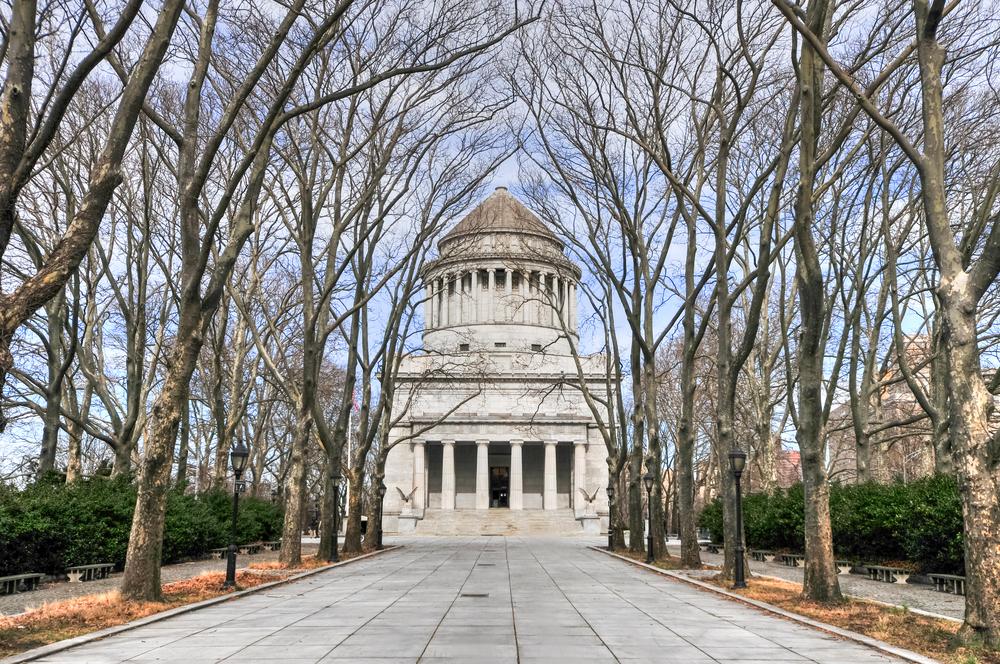This year marks the 60th anniversary of the start of President John F. Kennedy’s administration. When he took office in January 1961, he ushered in a new sentiment for the country. That sentiment was all about youth.
At 43, JFK was the nation’s second-youngest president, and he was good-looking to boot. The First Lady was also young and good-looking, and their two young children were adorable. It was all about youth.

